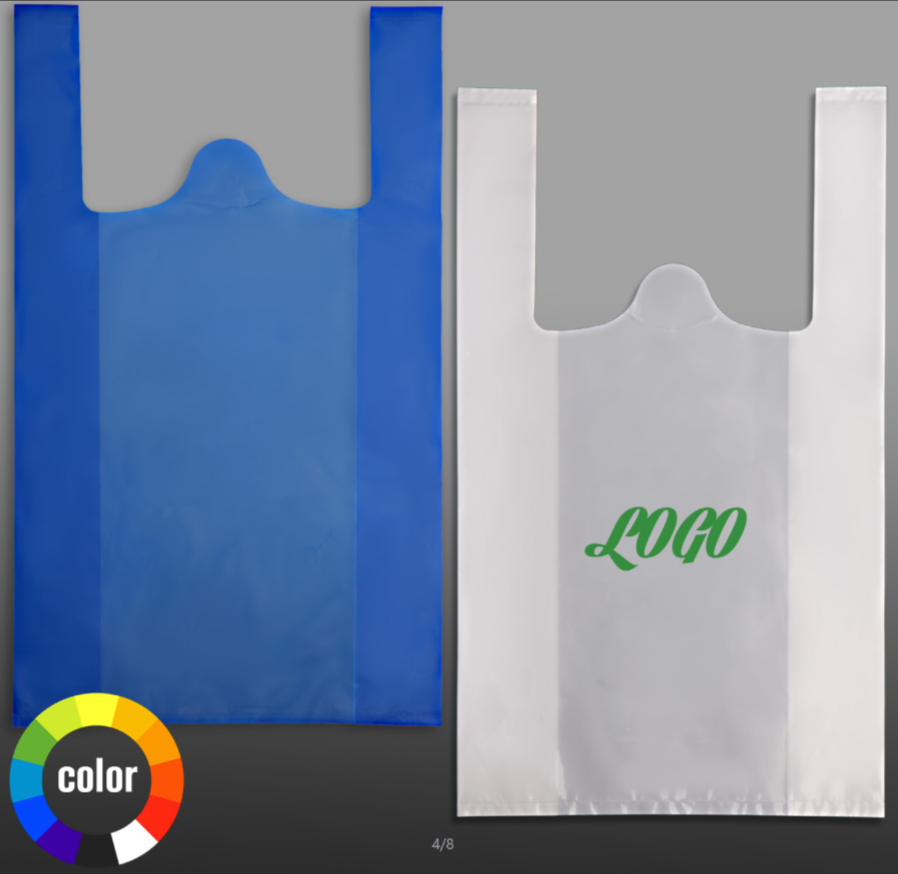Innovative Solutions for Sustainable Paper Tray Packaging in Modern Industries
Paper Tray Packaging An Eco-Friendly Solution for Modern Retail
In recent years, the rapid evolution of consumer preferences and environmental awareness has led to a significant shift in packaging solutions across various industries. One such innovation is paper tray packaging, which has emerged as a sustainable alternative to traditional plastic trays. This article explores the benefits, applications, and future prospects of paper tray packaging in modern retail.
Understanding Paper Tray Packaging
Paper tray packaging comprises molded pulp trays made from recycled paper or cardboard. These trays are designed to hold a variety of products, including fresh produce, baked goods, and even electronics. The production process typically involves pulping waste paper, which is subsequently molded and dried to create sturdy and lightweight trays. The use of biodegradable materials inherently reduces the environmental impact compared to plastic packaging, which contributes significantly to pollution and landfill waste.
Environmental Benefits
One of the most compelling reasons for the rise of paper tray packaging is its environmental benefits. Unlike traditional plastic packaging, which can take hundreds of years to decompose, paper packaging is compostable and recyclable, making it a preferred choice for environmentally conscious consumers and businesses. The manufacturing process of paper trays also uses less energy and generates fewer greenhouse gas emissions compared to plastic production.
Additionally, the sourcing of raw materials for paper trays often involves using recycled paper, further promoting a circular economy. Many companies are capitalizing on these sustainability credentials by marketing their products in eco-friendly packaging, appealing to a growing segment of consumers who prioritize sustainable practices.
Versatility and Functionality
Paper tray packaging is not only eco-friendly but also versatile. It can be customized to fit a wide range of products while providing the necessary protection during transport and display. For instance, in the food sector, molded pulp trays are designed to be airtight and moisture-resistant, preserving the freshness of fruits and vegetables. Baked goods can be displayed in paper trays that not only safeguard the items but also enhance their visual appeal.
paper tray packaging

In the retail space, paper trays enable effective merchandising, often featuring branding and product information directly on the packaging. This functionality is essential for retail environments where first impressions are crucial. As customers increasingly gravitate toward eco-friendly products, businesses utilizing paper tray packaging can create a unique selling proposition that resonates well with their audience.
Challenges and Solutions
While paper tray packaging offers numerous advantages, it is not without challenges. One significant hurdle is the durability of paper compared to plastic. In some instances, paper trays may not offer the same level of moisture resistance or structural integrity, especially in a high-humidity environment. However, advancements in technology have led to the development of innovative coatings and treatments that enhance the performance of paper trays without compromising their eco-friendly nature.
Another challenge is the cost associated with transitioning from traditional plastic to paper packaging. Although prices are gradually becoming competitive, initial investment in production equipment and sourcing materials can be a barrier for some businesses. Nevertheless, as consumer demand for sustainable packaging continues to grow, the economies of scale are expected to improve, making paper trays a more cost-effective option in the long run.
Future Prospects
The future of paper tray packaging looks promising. As more companies seek to improve their sustainability practices and comply with government regulations banning single-use plastics, the demand for paper tray packaging is set to grow exponentially. Innovations in production technology and materials science will likely lead to even more robust and versatile packaging solutions.
Moreover, the rise of e-commerce opens up new opportunities for paper tray packaging. As online shopping continues to thrive, businesses need effective and sustainable packaging solutions to ensure product integrity during shipping. Paper trays can be adapted to meet these needs, offering protection while aligning with eco-friendly values.
In conclusion, paper tray packaging stands at the forefront of sustainable packaging solutions in modern retail. With its environmental benefits, versatility, and alignment with consumer preferences, it is poised to make a significant impact in the marketplace. As the industry continues to innovate, paper tray packaging may well redefine the standards for what consumers expect from packaged goods. By embracing this eco-friendly alternative, businesses can not only enhance their brand image but also contribute to a healthier planet for future generations.
-
The Best Uses for Small Trash Bags in Daily LifeNewsJul.01,2025
-
Stylish Reusable Grocery Bags TrendsNewsJul.01,2025
-
Shipping Advantages of Using Bubble Envelopes BulkNewsJul.01,2025
-
How Compostable Mailing Bags Reduce Environmental ImpactNewsJul.01,2025
-
Environmentally - Friendly Bulk Poly MailersNewsJul.01,2025
-
Eco Friendly Custom Laminated Tote BagsNewsJul.01,2025
-
Have the freedom of customizing your custom mailers any way you want! Our dedicated packaging support will help deliver you the mailing experience you need to elevate your shipping experience to the next level! Start making a strong impression on your customers and stand out from your competitors! -
LIYA uses high quality raw materials which directly purchased from large enterprises domestic and overseas such as PetroChina, Sinopec, Sabic, Equate, ExxonMobil, Dow Chemical, Total, and Borouge, ensuring the price advantage and quality of the raw materials. -
LIYA uses high quality raw materials which directly purchased from large enterprises domestic and overseas such as PetroChina, Sinopec, Sabic, Equate, ExxonMobil, Dow Chemical, Total, and Borouge, ensuring the price advantage and quality of the raw materials.





